It is not an easy task to convert or rebuild an engine. Some people rebuild or convert a B20 engine to extract every bit of juice it can give. I’ll discuss B20 Vtec specs, conversion, review, and guide in this article.
The B20 Vtec engine was used in the previous model years of the Honda CR-V. This engine can provide as much as 227 horsepower and 167 lb.-ft. of torque with its compression ratio of 11.8:1, that is, if everything is firmly in place.
The B20 Vtec engine belongs to the B engine series used by Honda in some of its vehicles. This engine was reintroduced by Honda in its first-gen Honda CR-V 1996 model year. The particular B20 series engines used by Honda were the B20B and the B20Z. They were similarly designed to their previous siblings, the B16 and the B18 engines of the same B engine series.
Read on to learn more about the B20 Vtec engine, its specs and reviews, and a guide to its conversion.
B20 Vtec Specs, Conversion, Review, Guide
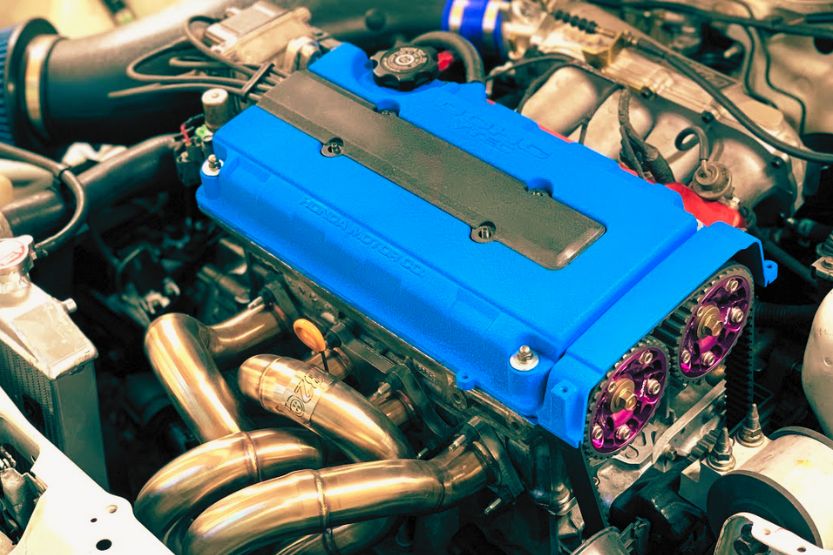
Honda used the B20 Vtec engine in some of its Honda CR-V models in the past. Regarding performance, this engine can crank a maximum of 227 horsepower and 167 lb.-ft. of torque if the compression ratio is set at 11.8:1 and if every engine component is set up well.
The B20 Vtec engine is a family member of the B series engines used by Honda in some of its vehicles.
Two of these engines are the B20B and the B20Z, which Honda reintroduced and used in its first-gen Honda CR-Vs that it manufactured and marketed in 1996. These engines’ designs were similar to those of the B16/B18 engines.
B20 Vtec Engine’s Short History
The B20 engines are one of the engine series used by Honda in its vehicles. Honda first launched the B20A engine in Japan. The company used it to power the Honda Vigor from 1986 to 1989 and the Prelude 2.0 Si from 1986 to 1987.
B20 Engine Evolution
This engine underwent several evolutions from 1987 to 1991 in the Prelude. Honda reintroduced the B20B and the B20Z when it launched the first gen of Honda CR-V in 1996.
The design of these engines was similar to the designs of the B16/B18 engine family. In other words, the B20 engine shared some specs and characteristics with the B16/B18 engines.
Over time, the B-series engines became popular with car modders and enthusiasts because they are highly reliable.
They can also be tuned to deliver higher horsepower in relation to their displacements. Additionally, they are readily available at very reasonable prices.
One of the significant attractive points of the B-series engines is that they can be used in different Honda chassis, such as the Honda Civic.
Family of B20 Engines
B20 Engine Became Popular Due to LS/VTEC Conversions
At first, the B20 engine is not as popular as it is today. But when the LS/VTEC conversions gained popularity, many car enthusiasts started pushing the engine’s limit.
An LX/VTEC conversion combines a DOHC VTEC head with the bottom of a non-VTEC B-series motor or engine.
By using the bottom end of a B20 CRV motor, the car modder will get the torque of a bigger motor with the high-end power of a B18c engine. An engine that underwent this combining process is what they call Frankenstein motors.
During the B20 Vtec conversion, car modders can extract more high-end horsepower and additional torque when the bottom end of a 2.0-liter engine and the head of a VTEC B-series version are combined in their Honda vehicles.
Easier Upgrade with a Suitable B20 Vtec Conversion Kit
A kit available in the market will make a B20 upgrade easier. If you are thinking of doing this project, you can click here for a suitable B20 Vtec conversion kit that you can use.
B20 Engines for the Honda Prelude S and Si 1990 to 1991 Models
The B20 engines first seen in the Honda Prelude S and Si 1990 to 1991 models were the B20A3 and the B20A5. They can deliver 104 hp and 135 hp, respectively. In the United States, Honda fitted the B20B in the Honda CR-V in 1997.
These engines can crank 126 hp. and 133 lb.-ft. of torque. Honda also used this engine in its Japan-made Honda CR-Vs from 1995 to 1998.
Honda Started Using JDM B20B in 1999
However, from 1999 to 2000, Honda started using the Japanese Domestic Market (JDM) B20B with higher compression pistons. The horsepower rating of this particular engine was 146 hp.
There was also a US version of this JDM B20B engine. But it was known by another name – the B20Z, which can also deliver the same power of 146 hp.
Why Did the Honda B Series Engines Become Famous?
The Honda B Series engines developed a cult following among car tuners and modders during its 12-year production run. Why did they become famous to car enthusiasts? One primary reason for its popularity: it is excellent for tuning.
The Honda B Series engines are the best for tuning inline four-cylinder engines. They have almost all the specs and characteristics that engine tuners and car modders are looking for.
These engines have incredible potential in terms of additional power and increased torque. Some car enthusiasts even consider this engine a JDM legend.
B Series Engine Specs
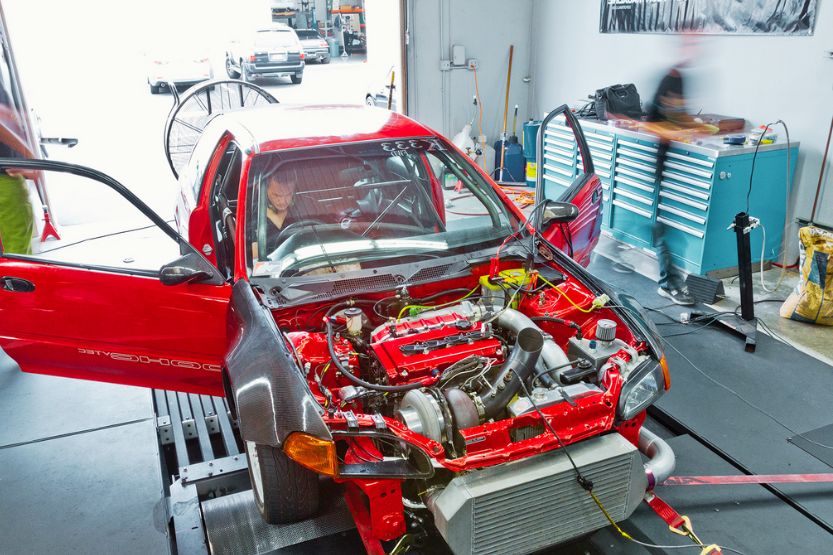
Composed of Inline Four-cylinder DOHC and SOHC Engines
The B Series engines of Honda are composed of inline four-cylinder Double Overhead Cam (DOHC) and Single Overhead Cam (SOHC) engines. Honda manufactured these engines from 1988 to 2001.
The letter ‘B’ stands for the series or the family of engines. After that is a number, like ’18, representing the engine displacement, in this case, a 1.8-liter engine.
The last letter in the name stands for the generation of the engine. So, ‘A’ represents the first generation, ‘B’ is for the second gen, and so forth.
Now that the B Series engines are more than thirty years old, it is surprising that they have managed to sustain their popularity among car enthusiasts.
Honda produced these engines when US car manufacturers made engines with huge displacements but in the low-power range.
Can Deliver 116 hp per Liter
These small B Series engines have shamed its bigger displacement competitors by delivering 116 horsepower per liter. Its small engine package combined huge power and high reliability. These B Series engines helped Honda earn the moniker: maker of ‘bulletproof’ engines.
B16 Has an Exceptionally High RPM Redline
The B Series that started it all was the B16. It was the first engine in the series that integrated what would soon become the legendary Honda Variable Timing and Electronic Lift Control (VTEC) system inside an aluminum block with inline-four cylinders.
This engine has an exceptionally high RPM redline: 9,000 rpm in its stock form with no modifications, tunings, or enhancements. That’s why it’s not surprising that it became one of Honda’s most iconic JDMs the car manufacturer has ever produced.
Engine Displacements
Honda manufactured several engine displacements for its B Series engines. There were 1.6 liters (1,595 cc.), 1.7 liters (1,678 cc.), 1.8 liters (1,797 cc.), 1.8 liters (1,834 cc), and 2.0 liters (1.973 cc.).
Upgrades Done to the Engine
These engines can be with or without the VTEC system. Later, several minor upgrades were done on the engines, such as integrating individual cylinder oil injectors and modifying piston tops, intake valves, and ports.
These engines were capable of delivering from 126 hp to 190 hp. Some of them can redline at more than 8,500 rpm.
While these engines have many variations, their fundamental design doesn’t vary so much. The entire B Series engines used just two engine blocks. One of the blocks is a bit shorter than the other.
Deck Height
For instance, the deck height of the B16 and the B17 engines is 8.03 inches. The deck height of the B16B, the B18, and the B20 engines is 8.3 inches. Eventually, Honda replaced the B Series engines with the K-Series, the engines that were mounted on the Civic, CR-Vs, and Integras.
Summary of B Series Engine’s Critical Specs
Here is a table that shows the critical specs of a B Series engine:
| Particulars | Specifications |
| Manufacturer | Honda Motor Co. |
| Production Years | 1988 to 2001 |
| Engine Layout | |
| Displacement | 1.6 to 2.0 liters (97.3 to 120.4 cubic inches) |
| Cylinder Bore | 3.19 inches (81 mm.); 3.31 inches (84 mm.) |
| Piston Stroke | 3.05 in. (77.4 mm.); 3.20 in. (81.4 mm.); 3.43 in. (87.2 mm.); 3.5 in. (89 mm.) |
| Compression Ratio | 8.8:1to 11.1:1 |
| Valve Train | DOHC with VTEC (in some models) |
| Configuration | Naturally aspirated |
| Output | |
| Horsepower | 100 to 200 hp |
| Torque | 111 to 140 lb.-ft. |
| Combustion | |
| Fuel Type | Gasoline |
| Fuel System | Dual Keihin Carburetors, Programmed Fuel Injection |
| Cooling System | Water-cooled |
| RPM Range | |
| Redline | 6,500 to 8,400 rpm. |
Again, does B20 have VTEC? An 11.8:1 B20-VTEC can produce around 227 hp and 167 lb-ft of torque. This is not bad for a project, given that the engine is firmly in place.
How Much Horsepower Does a D16Z6 Make?
Honda B20 Generations
Initially, the B Series engines were the least desirable among the engines that Honda manufactured. But this situation changed when Honda car fans found out about the potential of the LS/VTEC option.
Even though the first-gen B20 engines fitted on JDMs and USDMs CRVs have as small as 126 horsepower, its later models, like the B20Z2 on the CRVs sold in the US market, have as much as 150 hp along with 140 lb.-ft. of torque.
While the output horsepower of the B20 was a bit disappointing compared to some of its previous iterations, its higher torque capabilities made up for this shortcoming.
Honda compensated for this shortfall by giving the engine a bigger displacement. Little did the company know that this would enable car tuners and modders to use it to make ‘Frankenstein’ engines in the future.
A Guide to Modding a B20 Engine
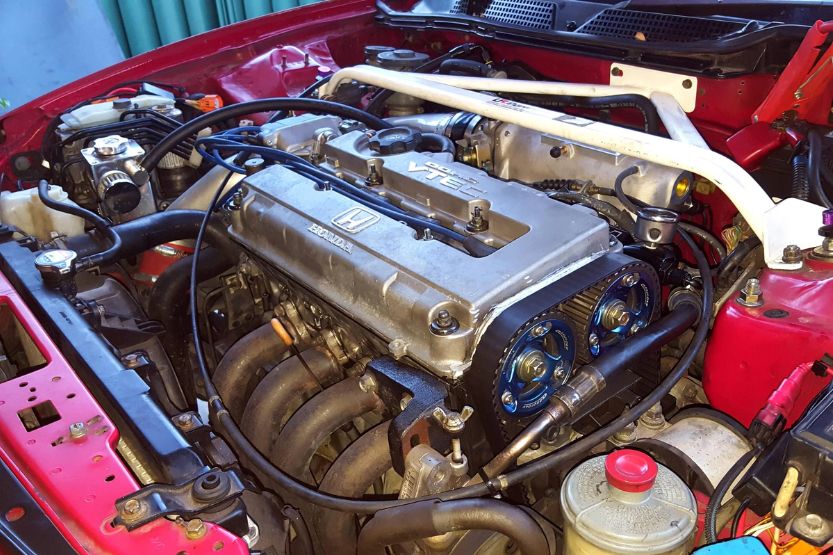
Some modders have gained experience extracting more power and torque in their Honda B20 engines. One of them says building a B20 VTEC motor is a simple process. They added that it is just like performing an LS/VTEC conversion.
If you want more torque from a B Series motor, the B20 engine from a Honda CRV is the only option. At 2.0-liter engine displacement, you can get a considerable 11% increase in displacement compared to a 1.8 liter Honda Integra motor.
If this is combined with a VTEC head, the B20 engine’s bottom end will deliver huge power. It can quickly achieve 20 plus lb.-ft. of torque than a B18C with a similar engine construction.
Materials Needed to Convert a Stock B20
To be able to convert a stock B20 to attain these capabilities, a tuner will need the following parts:
- A VTEC head
- The bottom part of a B20B or a B20Z engine
- 2 x -4AN fittings
- -4AN to 3/8NPT fitting
- 18″ -4AN steel braided hose
- 1/8 “NPT to 1/8” BSP Tee fitting
- 1/8 “NPT to -4AN adapter fitting
- 1/8 “NPT plug
Make to Use the Best Possible Base Engine
If you want your engine tuning to get the best possible results, you need to make sure you are using the best possible base engine you can afford. The B20 Vtec price will indicate if it is good or not. The B20 engine that you will use should be well-maintained.
Perform Engine Rebuild If the Engine Has Issues
So, if you suspect that the engine has some hidden issues you can’t easily see, perform rebuilding of the engine before proceeding to enhance its performance. Assuming that you got an excellent B20 as your base engine, you can expect it to deliver a B20 Vtec HP of about 250 hp.
However, if your pocket is really deep and you want the best performance on this engine, you have to give it a full-blown sleeved block, a big B20 Vtec Turbo kit for B Series engines, and a forged bottom end. If you can do that, you can expect this engine to deliver more than 1,000 hp.
That’s what big bucks can do to this engine.
Materials Needed to Upgrade a B20 Engine to compete Better in Street Races
But, if you want to upgrade your B20 engine to compete better in street races, breathing mods will be your best start.
Here are the things that you will need if you want to pursue this project:
- Upgraded exhaust system – go for a bigger bore to get the gases flowing. This will also make the engine’s sound a little bigger and more impressive.
- 4-1 exhaust manifold – the usual swaps for this is from a B18C. However, you may find that buying a new aftermarket equivalent will be the easier route.
- Remap – if you want to get an upgrade, go for a good tune or remap of the engine. It will help make your B20 more efficient. You will also be able to use your new upgrades to their maximum potential.
- Cold air intake – this is another necessary upgrade that you should not ignore. Make sure that the CAI that you will buy is a good one. Cheaper options are prone to sucking hot air. This is not what you want.
How to Tune and Upgrade the Honda D16Y7
Frequently Asked Questions
Rebuilding or converting a Honda B20 engine is a very technical topic. Perhaps this article has sparked some questions in your mind. Keep on reading, and you may find your answers in the ones listed below:
How Much Power Can an Upgraded B20 VTEC Deliver?
If the engine is firmly in place, a B20 VTEC engine with an 11.8:1 compression ratio will be able to produce 227 horsepower and 167 lb.-ft. of torque.
What Are the Stock Horsepower and Torque Specs of a B20 Engine?
The stock B20B engine mounted on CRVs made and sold in the United States can deliver only 126 horsepower and 133 lb.-ft. of torque. These engines were the power source of all Honda CRVs manufactured from 1997 to 2001.
What Is the Usual Method of Extracting More Power from a Stock B20 Engine?
The typical method of upgrading the performance of B20 engines is by using what tuners call LS/VTEC conversion.
In this conversion method, a tuner combines the bottom of a non-VTEC B-series engine with a DOHC head. With this combination, the tuner gets the torque of a bigger motor and the high-end power of a B18C engine. Tuners and car modders call engines converted in this manner as ‘Frankenstein’ motors.
In Closing: Specs, Conversion, Review, Guide of the B20 Vtec Engine
Honda Motor Co. used the B20 Vtec engine as the motor of the Honda CRVs. If every engine component is set up correctly, it can provide as much as 227 horsepower and 167 lb.-ft. of torque with its compression ratio of 11.8:1.
The B20 engines are a member of Honda’s B Series engines. There were many variations of the B Series engines, and the B20 is only one of them. Honda used this engine for its Honda CRVs for the 1996 models. The carmaker stopped production of the B20 engines in 2001.
But this engine has gained popularity among tuners and modders because it can potentially attain huge power and torque improvements. You will find many car enthusiasts today who are tinkering with their B20s so they can extract more power and torque from their stock engines.

![R12 to R134a Conversion [How to, Chart, and Conversion Kits] r12 to r134a](https://roadsumo.com/wp-content/uploads/2021/06/r12-to-r134a-150x150.jpg)
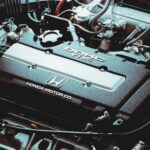

![How Much Is a Used Tire? Average Cost of Used Tires [Guide] how much is a used tire](https://roadsumo.com/wp-content/uploads/2022/03/how-much-is-a-used-tire-150x150.jpg)
![Clearance Tires at Walmart [How Much Are They? Buying Guide] clearance tires at walmart](https://roadsumo.com/wp-content/uploads/2022/04/clearance-tires-at-Walmart-150x150.jpg)
![How Much Does Paintless Dent Repair Cost? [Full Guide] how much does paintless dent repair cost](https://roadsumo.com/wp-content/uploads/2022/05/how-much-does-paintless-dent-repair-cost-150x150.jpg)
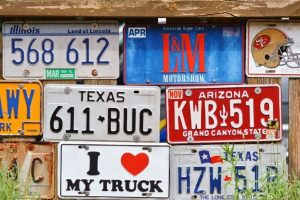
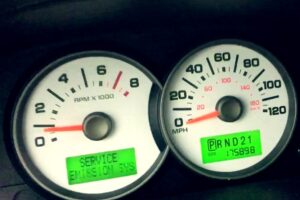
![Read more about the article Ford Sync Phone Button Not Working [Causes and How to Fix]](https://roadsumo.com/wp-content/uploads/2022/03/Ford-Sync-phone-button-not-working-300x200.jpg)